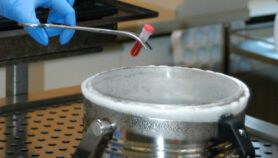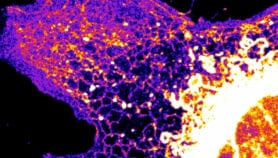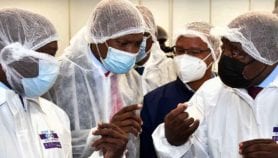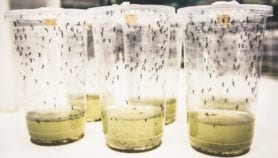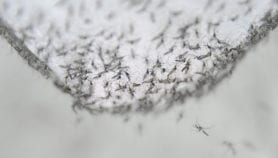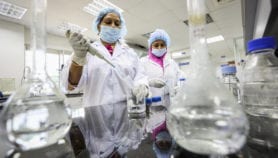Send to a friend
The details you provide on this page will not be used to send unsolicited email, and will not be sold to a 3rd party. See privacy policy.
Revamping the age-old phytosynthetic mechanisms of plants could be an innovative way of boosting crop yields in an era of food scarcity.
Over the millennia phytosynthetic bacteria, or cyanobacteria, have become more efficient at converting carbon dioxide into food — far more efficiently than most plants, which, going back millions of years, evolved from the same bacteria. Scientists believe that if plants can be updated to match the efficiency of modern cyanobacteria it could be an effective way to boost crop yields, reports New Scientist.
A single small upgrade could boost photosynthetic rates by 15–25 per cent. "These are the sorts of numbers that make plant breeders quite interested," according to Dean Price, a plant molecular biologist at the Australian National University in Canberra.
Price and his colleagues are working on upgrading the chloroplasts (the part of a plant’s cell that carries out photosynthesis) of crop plants by engineering cyanobacteria. Their broader, more ambitious goal is to engineer the whole carbon-concentrating mechanism of modern cyanobacteria — which enables them to grow in the presence of low concentrations of carbon dioxide — into chloroplasts by adding 8–9 genes to them.
The team will start by using the Escherichia coli bacterium, which is easy to work with, then try it with the tobacco plant before it is ready to try out in crops.
Scientists are also working on another kind of plant upgrade — changing how plants obtain nitrogen. Most plants can only get nitrogen from nitrogen compounds in the soil or from fertilisers, which are expensive and damage the environment.
The way bacteria fix atmospheric nitrogen is already understood. Genetic engineers are considering adding the relevant genes directly to plants. The chloroplast is the obvious place to put them. "You’re essentially putting bacterial genes in a bacterial system," said Eric Triplett, a microbiologist at the University of Florida at Gainesville.
If crops could get nitrogen directly from the atmosphere like some groups of bacteria and cyanobacteria, the benefits would be enormous.
Link to full article in New Scientist*
*free registration required to view this article



